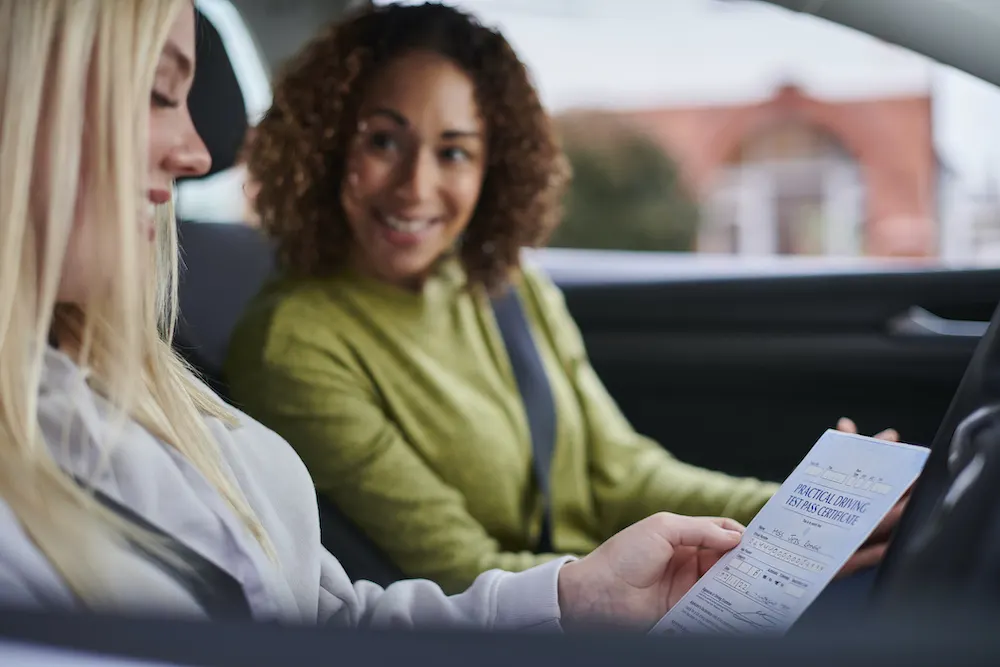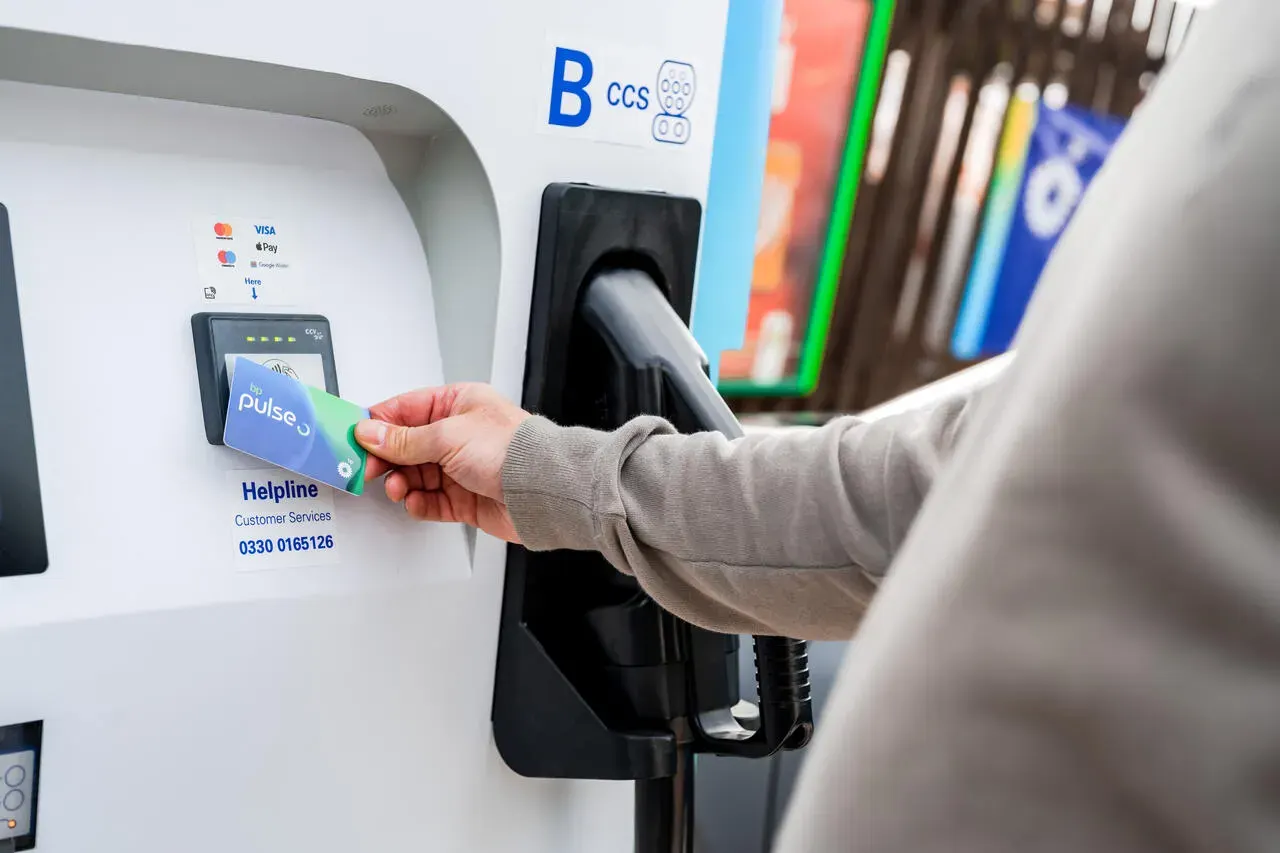Knowledge is power – particularly when it comes to your driving test
Qualifying for your driving licence in the UK is a rigorous process and there are nuances to think about before jumping behind the wheel, especially with EVs. Let’s take a look at some of the main considerations.
Can I take the UK driving test in an EV?
The short answer is yes, you can take your UK driving test in an EV. However, by passing your test in an EV, you’ll qualify with a Category B Auto licence. That’s great if you only ever intend to drive an EV or a car with an automatic gearbox. But if you want to drive a manual car further down the line, you’ll need a Category B licence, which means taking your test in a manual. Let’s break it down:
Category B – awarded when you pass your test in a manual vehicle; qualifies you to drive manual, automatic and EVs.
Category B Auto – awarded when you pass your test in an automatic or EV; qualifies you to drive automatic and EVs only.
Why are EVs classed as automatic?
EVs work differently to cars with traditional manual gearboxes. Crucially, they don’t have multiple gears or a clutch. So in effect they’re automatic – and that’s how they’re classed for the UK driving test.
Taking your test in an EV: other considerations
The absence of a clutch and gears to change can make driving an EV simpler than its manual counterparts. That said, there’s more to driving than shifting gears.









